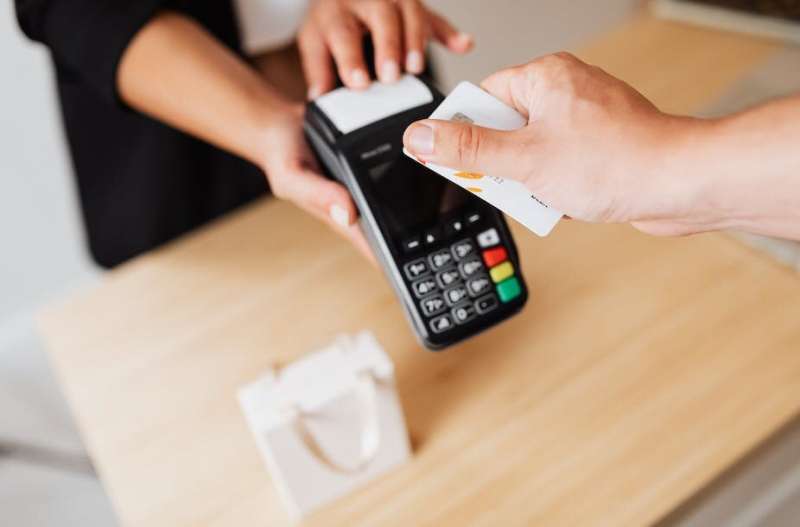Citizens living in the euro area make an average of 13 payments per week of all types. They circulate through a range of channels and by way of different media, including cash, payment cards, and online.
Our means of payment have been constantly evolving and have done so all the more rapidly during the COVID-19 crisis. They have indeed been greatly digitized: although a majority of those made in shops are in cash, their number is constantly decreasing and the share of cash in the total value of exchanges is already a minority. Some believe that we are on the verge of a "cashless society", which they see as holding the promise of economic efficiency and social progress.
Individually, most of us can see advantages in the increasing payment digitization. Although some adaptation may be necessary, they often appear to be more convenient, faster, and more secure. In the euro area, half of the respondents now say they prefer digital payments to cash.
But we also see that what may be perceived as rather positive for oneself as an individual does not necessarily translate into a vision of a desirable future for society as a whole.
Among European respondents, a slight majority (55%) say that it is important or very important for them to be able to continue to pay in cash in the future. As with other countries, in France cash is being used less and less, yet 83% of respondents say they are worried about the disappearance of cash.
Why are there such differences between practices and perceptions?
Monetary exclusion
One concern is for those who find it more difficult to adapt to digital payments. Even if this transition can be seen as positive "on average", it is not favorable to all, and its negative impacts mainly fall on those who are already the most vulnerable.
Among the poorest 40% of the population in the euro area, about 20% are excluded from digital payments because they do not use any payment cards: this would mean more than 23 million people. For them, the increasing digitization of payments complicates their daily lives, creating difficulties in accessing goods and services, additional costs, a loss of autonomy and a feeling of relegation.
Certain types of means of payment now seem indispensable for full participation in socioeconomic activity, yet they're not necessarily available to everyone. Digitalization thus increases the number of people in a situation of "monetary exclusion"—they may have money, but not in the right form.
More generally, with the evolution of our monetary forms, something deeper is at stake that cannot be summed up in simple considerations of practicality. Money is not just a simple technical tool that makes our economic transactions more fluid, but a social institution: our collective use of money helps shape our society.
From this point of view, the dematerialization of money is also accompanied by a loss of meaning: the meaning conveyed by the symbolic dimensions of our coins and notes. For example, a 2021 study found that after the introduction of the euro in 2002, people identified themselves more as European citizens. It is not certain that this would have been the case in a cashless society.
In the current context, while cash is supposed to be legal tender—that is to say, it should be compulsorily accepted as a means of payment—an increasing number of shops have already switched to "cashless" (especially in urban centers). In several European countries, the usability of cash is becoming increasingly uncertain, while access to it is becoming more difficult as bank branches and even cash machines disappear. It is also this dual constraint on users that explains the evolution of payment practices.
What is also not as apparent is that the types of payment used are less and less the public goods they should be. Indeed, given the central role that payment services play in our societies, they should be universally accessible and mainly free of charge for their users. However, these services are increasingly subject to commercial management, guided by profitability principles that limit their accessibility. This poses a risk to the legitimacy of our public institutions—to which money is always fundamentally linked—and to the trust we place in them.
With the digitization of our means of payment, the sovereign signs that represent our institutions are replaced by commercial brands—those of payment-card networks (Visa and Mastercard, in particular) or of the new payment services proposed by the GAFAM (ApplePay, for example) and other tech companies. The process of digitization of money should be seen for what it really is: not primarily the dematerialization of our means of payment, but their increasing privatization.
Cash is no exception either, since our coins and banknotes are largely minted and printed by private companies, and all of them are delivered to the public by other private companies. If cash is disappearing today, it is primarily because it is seen as a source of costs by those who have been entrusted with its management.
The digitization of means of payment is therefore not just a technical development. As it translates into a greater commodification of the fundamental element of money, it is also a political and social issue. In a context where everyone must be able to use digital means of payment satisfactorily in order to participate fully in society, it is the question of the division of tasks between the public and the private sector that must be reopened.
The digital euro currently being developed by the European Central Bank could be an opportunity to reaffirm the public nature of money and to (re) develop a genuine public service for account and payment services.
- Karlston
-

 1
1



Recommended Comments
There are no comments to display.
Join the conversation
You can post now and register later. If you have an account, sign in now to post with your account.
Note: Your post will require moderator approval before it will be visible.